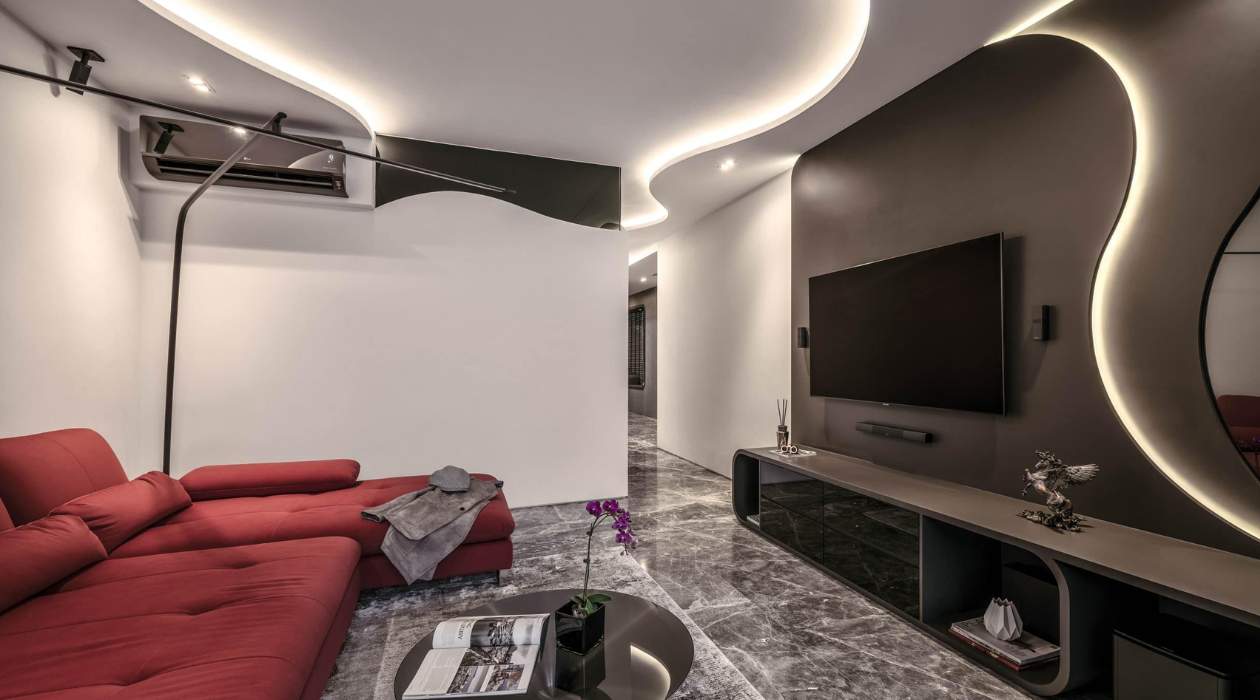

Articles
What Is A Cove Ceiling
Modified: February 24, 2024
Learn all about cove ceilings in this informative and detailed articles. Explore the benefits, installation process, and design ideas for incorporating cove ceilings in your home.
(Many of the links in this article redirect to a specific reviewed product. Your purchase of these products through affiliate links helps to generate commission for Storables.com, at no extra cost. Learn more)
Introduction
A cove ceiling is a design feature that adds elegance and visual interest to any room. It is a unique architectural detail that creates a softly curved transition between the walls and the ceiling. This curved profile enhances the overall aesthetic appeal of the space and can dramatically transform the look and feel of a room.
Cove ceilings have been used for centuries to add a touch of sophistication and grandeur to interior spaces. From ancient palaces to modern-day mansions, this design element has stood the test of time and continues to be a popular choice among architects and homeowners.
The defining characteristic of a cove ceiling is its concave shape, which creates a seamless flow between the walls and the ceiling. This smooth transition helps to visually expand the space and creates a sense of depth and dimension. It also allows for unique lighting opportunities, as the recessed area of the cove can be used to house hidden lighting fixtures.
The installation process of a cove ceiling requires skilled craftsmanship and attention to detail. The curved profile is typically created using plaster or gypsum board, which is molded and shaped to achieve the desired effect. The result is a stunning architectural feature that adds a touch of luxury to any room.
In this article, we will explore the history of cove ceilings, the different installation methods, the benefits they offer, the various types and materials available, lighting options, maintenance and cleaning tips, and popular designs and inspirations.
Whether you are looking to upgrade the look of your living room, bedroom, or any other space in your home or office, a cove ceiling can be a captivating choice. So, let’s dive in and discover everything there is to know about this exquisite architectural feature.
Key Takeaways:
- Cove ceilings are a timeless architectural feature that adds elegance and sophistication to any space, offering unique lighting opportunities, concealing imperfections, and enhancing acoustics for a captivating and visually striking room.
- With a rich historical significance and modern-day popularity, cove ceilings provide endless design inspirations, from classic elegance to nature-inspired themes, allowing for personal expression and creating a truly captivating focal point in any room.
Read more: What Is A Ceiling
Definition of a Cove Ceiling
A cove ceiling is a type of architectural feature that creates a smooth, curved transition between the walls and the ceiling. It is characterized by a concave shape that forms a recessed area along the perimeter of the room, typically near where the walls meet the ceiling. This curved profile adds a touch of elegance and sophistication to any space.
The term “cove” refers to the concave shape that resembles the inner curve of a wave or the underside of a Roman architectural vault. It is derived from the Latin word “cava” meaning hollow. By incorporating a cove ceiling into a room, you can achieve a sense of depth and visual interest that enhances the overall design aesthetic.
Cove ceilings are commonly found in various settings, including residential homes, commercial buildings, and even in historical landmarks. They are often used in areas such as living rooms, dining rooms, hallways, and foyers to create a captivating visual effect.
One of the key features of a cove ceiling is its ability to seamlessly blend the walls and the ceiling, giving the illusion of a continuous surface. The smooth transition created by the concave curve helps to visually expand the space and adds a sense of grandeur to the room.
The cove area created by the ceiling can also serve a practical purpose by housing hidden lighting fixtures. Recessed lighting can be installed within the cove to provide ambient or accent lighting, adding a warm and inviting ambiance to the room.
Overall, a cove ceiling is more than just a design feature – it is a statement piece that adds a touch of luxury and elegance to any interior space. Its unique shape and seamless integration with the walls make it a sought-after architectural element that has stood the test of time.
History of Cove Ceilings
The use of cove ceilings dates back centuries and can be traced back to ancient civilizations. The concept of a curved transition between the walls and the ceiling was used in various forms of architecture throughout history.
One of the earliest examples of cove ceilings can be found in ancient Roman architecture. The Romans were known for their innovative architectural techniques, and the use of concave ceilings was one of their design innovations. They would create a curved profile by constructing arches and vaults, which gave the illusion of a seamless flow between the walls and the ceiling.
In medieval times, cove ceilings were used in grand castles and cathedrals. The vaulted ceilings with their arched profiles added a sense of grandeur and elegance to these majestic structures. The cove area was often adorned with intricate carvings and ornamental details, showcasing the craftsmanship and artistic prowess of the time.
During the Renaissance period, cove ceilings continued to be popular in European architecture. The use of stucco and plaster allowed for more intricate designs and elaborate moldings. These ceilings were often seen in palaces and grand residences, where they added a touch of opulence to the interiors.
In the 19th and early 20th centuries, cove ceilings became increasingly popular in Victorian and Neoclassical architecture. These periods saw a revival of classical design elements, and the cove ceiling was a prominent feature in many homes and public buildings. The curved profiles were often complemented by decorative plaster moldings and embellishments, creating a luxurious and visually striking effect.
Today, cove ceilings continue to be a popular choice in both traditional and modern interior design. Despite the advancements in construction materials and techniques, the fundamental concept of a smooth transition between the walls and the ceiling remains unchanged.
With the advent of new materials and technology, including lightweight gypsum boards and decorative moldings, the installation process of cove ceilings has become more accessible. Whether you are renovating a historic property or designing a contemporary space, a cove ceiling can evoke a sense of timeless beauty and add a unique architectural element to your interior.
As we delve deeper into the history of cove ceilings, it’s clear to see that this architectural feature has evolved over time, yet its appeal and allure have remained constant.
Installation Process of Cove Ceilings
The installation of a cove ceiling requires careful planning, precise measurements, and skilled craftsmanship. The process involves several steps to create the desired concave shape and seamlessly integrate it with the surrounding walls and ceiling.
Before starting the installation, it is essential to gather the necessary tools and materials. These may include plaster or gypsum boards, measuring tape, utility knife, screws or adhesive, joint compound, sandpaper, and paint or finish of choice.
The first step in installing a cove ceiling is to prepare the walls and ceiling. This involves ensuring that the surfaces are clean, dry, and free of any imperfections. Any existing crown molding or trim may need to be removed to create a smooth transition between the walls and the cove area.
Next, precise measurements need to be taken to determine the size and position of the cove. This will depend on the dimensions of the room and the desired depth and curvature of the cove. It is advisable to consult with a professional or refer to installation guides for accurate measurements and angles.
Once the measurements have been determined, the cove shape can be created using plaster or gypsum boards. These materials can be cut to size and shaped to form the curved profile. They are then attached to the ceiling and walls using screws or adhesive, ensuring a secure and sturdy installation.
After the cove shape is in place, joints and seams need to be filled and smoothed using joint compound. This helps create a seamless transition between the cove and the walls or ceiling. Once the compound is dry, it can be sanded down to achieve a smooth and even surface.
Once the cove has been properly installed and finished, it is ready for painting or applying a suitable finish. This allows for customization and ensures that the cove ceiling seamlessly blends with the overall design of the room.
It is worth noting that the installation process may vary depending on the specific materials and techniques used. It is always recommended to consult professional installers or follow manufacturer guidelines for the best results.
Installing a cove ceiling requires skill and attention to detail. Entrusting the installation to experienced professionals ensures a high-quality finish and optimal aesthetic results. Whether you are renovating your home or working on a new construction project, a cove ceiling can add a touch of elegance and sophistication to any space.
Benefits of Cove Ceilings
Cove ceilings offer a range of benefits, both aesthetic and practical, that make them a desirable choice for homeowners and designers alike. Let’s explore some of the key advantages of incorporating a cove ceiling into your space.
1. Enhances the aesthetic appeal: Perhaps the most significant benefit of a cove ceiling is the visual impact it creates. The smooth, curved transition between the walls and the ceiling adds a touch of elegance and sophistication to any room. Whether you choose a simple, understated design or a more elaborate and ornate style, a cove ceiling instantly elevates the overall aesthetic of the space.
2. Creates a sense of spaciousness: The concave curve of a cove ceiling helps visually expand the room. By seamlessly blending the walls and the ceiling, it eliminates any harsh angles, making the space feel larger and more open. This effect is particularly beneficial in rooms with low ceilings, as it creates the illusion of increased height and volume.
3. Provides unique lighting opportunities: One of the standout features of a cove ceiling is its ability to house hidden lighting fixtures. By installing recessed lighting within the cove, you can create a soft, ambient glow that enhances the mood and atmosphere of the room. This indirect lighting option adds a layer of warmth and creates a captivating visual effect.
4. Conceals imperfections: Cove ceilings can be a great solution for concealing imperfections, such as wiring, ductwork, or uneven surfaces. The curved design of the cove provides a discreet way to hide these elements, resulting in a clean and seamless appearance.
5. Provides acoustical benefits: The curved profile of a cove ceiling helps to improve sound diffusion and reduce echoes within a room. The concave shape disperses sound waves, resulting in better acoustics and a more pleasant auditory experience.
6. Adds value to the property: Installing a cove ceiling is a way to invest in your property, as it adds a unique and sophisticated architectural feature. Cove ceilings can significantly increase the value and desirability of a home, making it a worthwhile investment for homeowners.
7. Versatility in design: Cove ceilings offer a high level of design versatility. They can be customized to suit a variety of architectural styles and personal preferences. Whether you prefer a modern, minimalist look or a lavish and intricate design, a cove ceiling can be tailored to match your vision and complement the overall aesthetic of the space.
Incorporating a cove ceiling into your interior design not only enhances the beauty of the space but also offers practical advantages. It is a design choice that combines elegance with functionality, making it a popular option for homeowners and designers seeking to create a truly captivating space.
Different Types of Cove Ceilings
Cove ceilings come in various styles and designs, offering a wide range of options to suit different architectural preferences and interior design themes. Let’s explore some of the different types of cove ceilings:
1. Classic Cove Ceiling: This is the most common type of cove ceiling, featuring a smooth, concave transition between the walls and the ceiling. It is a timeless design that works well in both traditional and contemporary settings. The classic cove ceiling adds a touch of elegance and sophistication to any room.
2. Stepped Cove Ceiling: Also known as a multi-level or layered cove ceiling, this design features multiple recessed levels or steps along the cove area. Each level is gradually higher than the previous one, creating a visually interesting and dynamic effect. Stepped cove ceilings can add texture and depth to the room’s design, making them an attractive choice for those looking for a more intricate look.
3. Angular Cove Ceiling: An angular cove ceiling features a curved profile with angular edges. It combines the smooth, concave shape with sharper angles, creating a unique and contemporary design aesthetic. An angular cove ceiling can add a touch of modernity and geometric interest to a room, making it a popular choice for contemporary and minimalist interiors.
4. Cove Tray Ceiling: A cove tray ceiling combines the elegance of a cove ceiling with the added feature of a central recessed area. The center of the ceiling is lowered, creating a tray-like effect within the cove. This design allows for more creativity in terms of lighting options and can add depth and dimension to the room. Cove tray ceilings are often used in formal dining rooms or grand living spaces to create a dramatic focal point.
5. Cove Coffered Ceiling: A cove coffered ceiling combines the beauty of a cove profile with the classic coffered ceiling design. It features recessed square or rectangular panels within the cove area, creating a sense of architectural detail and sophistication. Cove coffered ceilings add a sense of depth and texture to the room, making them a popular choice for formal and traditional interiors.
6. Cove Dome Ceiling: A cove dome ceiling is a more elaborate and intricate design that features a domed shape within the cove area. This type of cove ceiling adds a touch of grandeur and opulence to a space, reminiscent of classical architecture. Cove dome ceilings are often seen in luxurious residences, hotels, or other grand architectural settings.
These are just a few examples of the different types of cove ceilings available. Each style offers its own unique charm and can be tailored to suit individual tastes and design preferences. By choosing the right type of cove ceiling, you can enhance the overall aesthetic of your space and create a captivating focal point for any room.
When designing a cove ceiling, consider using indirect lighting to create a soft, ambient glow. This can enhance the architectural detail and create a cozy atmosphere in the room.
Materials Used for Cove Ceilings
When it comes to cove ceilings, several materials can be used to achieve the desired look and finish. The choice of material depends on factors such as budget, design preferences, and the overall style of the space. Let’s explore some of the common materials used for cove ceilings:
1. Plaster: Plaster is a traditional and popular choice for creating cove ceilings. It is a versatile material that can be molded and shaped to achieve the desired concave profile. The craftsmanship required for plaster can result in intricate details and a smooth finish. Additionally, plaster has good sound-absorbing properties and can help improve the acoustics of a room.
2. Gypsum Board: Gypsum board, also known as drywall or plasterboard, is a lightweight and cost-effective material commonly used for cove ceilings. It is easy to work with and can be cut to size and shaped as needed. Gypsum board allows for precise installation and can be finished with joint compound and paint or other suitable finishes.
3. Polyurethane Foam: Polyurethane foam is a synthetic material that is lightweight, durable, and easy to install. It comes in pre-molded cove profiles that can be affixed to the walls and ceiling using adhesive. Polyurethane foam is available in a variety of designs and styles, including intricate and ornate options, making it a popular choice for those seeking a more decorative cove ceiling.
4. Wood: Wood is a versatile and timeless material that adds warmth and natural beauty to a space. It can be used to create cove ceilings by bending or layering thin strips of wood to achieve the desired curved profile. Different types of wood, such as oak, maple, or walnut, can be used to create unique and customized cove ceilings.
5. Metal: Metal, such as aluminum or stainless steel, can be used to create a modern and industrial look for cove ceilings. Metal cove profiles can be fabricated and installed to achieve sleek and minimalist designs. Metal adds a touch of sophistication and can be combined with other materials, such as glass or wood, for a striking visual contrast.
6. PVC: PVC or polyvinyl chloride is a durable and moisture-resistant material that is commonly used in cove ceilings for bathrooms or other high humidity areas. PVC cove profiles are lightweight, easy to install, and require minimal maintenance.
These are some of the materials commonly used for cove ceilings. It is important to consider factors such as cost, durability, and design aesthetics when selecting the material for your cove ceiling. Consulting with a professional or designer can help you choose the best material that suits your specific needs and desired style.
Lighting Options for Cove Ceilings
Cove ceilings offer a unique opportunity to incorporate concealed lighting fixtures, enhancing the ambiance and visual impact of a space. Here are some popular lighting options that can be used with cove ceilings:
1. Cove Lighting: Cove lighting refers to the installation of LED strip lights or rope lights in the recessed area of the cove. These lights are placed along the perimeter of the cove, providing indirect and soft illumination. Cove lighting creates a warm and inviting atmosphere and can be used as accent or ambient lighting in any room. The ability to dim the lights adds to the versatility and flexibility of cove lighting.
2. Recessed Lighting: Recessed lights, also known as downlights or pot lights, can be installed within the cove to provide a focused and directional light source. These lights are mounted inside the cove area and emit light downwards, highlighting specific areas or objects in the room. Recessed lighting adds a modern and sleek touch to the cove ceiling design.
3. LED Strips: LED strips are a versatile lighting option that can be used to create various effects and designs. They can be installed along the walls of the cove, illuminating the curved profile and providing a soft and diffused glow throughout the room. LED strips come in various colors and can be controlled to create different lighting moods.
4. Pendant Lights: Pendant lights can be hung from the cove ceiling, adding a decorative element and serving as a focal point in the room. This option works well in spaces with higher ceilings, where pendant lights can draw attention and create a dramatic effect. Different styles and designs of pendant lights offer a wide range of options to match the overall aesthetic of the space.
5. Fiber Optic Lighting: Fiber optic lighting is a unique option that can add a sense of magic and enchantment to the cove ceiling. Thin fiber optic cables are installed within the cove, and small light sources located elsewhere in the room illuminate the cables. This creates a starry effect or other customizable lighting designs, adding a sense of whimsy and creating a captivating atmosphere.
6. Chandeliers: In larger spaces with high cove ceilings, chandeliers can be suspended from the center of the cove, creating a luxurious and grand lighting option. Chandeliers come in various sizes and styles, and they can add a touch of elegance and glamour to the room.
It is important to consider the style and function of the room when choosing the lighting options for the cove ceiling. Additionally, selecting energy-efficient LED lights can help reduce electricity consumption and provide long-lasting illumination.
By carefully choosing the lighting options, you can create a stunning and immersive lighting experience that complements and enhances the aesthetic appeal of your cove ceiling and overall room design.
Maintenance and Cleaning of Cove Ceilings
Maintaining and cleaning cove ceilings is essential to keep them looking their best and preserve their aesthetic appeal. Here are some tips to help you properly maintain and clean your cove ceilings:
1. Regular Dusting: Dust can accumulate on cove ceilings over time, particularly in the recessed area. Regularly dusting the surface with a soft cloth or a duster can help prevent dust buildup and maintain a clean appearance. Be cautious when dusting near lighting fixtures and ensure they are turned off to avoid any accidents.
2. Vacuuming: Using a vacuum cleaner with a soft brush attachment can be an effective way to remove loose dust and debris from hard-to-reach areas of the cove ceiling. Be gentle and avoid applying excessive pressure that could damage the surface or any installed lighting fixtures.
3. Cleaning Solutions: In case of stains or dirt buildup, it may be necessary to clean the cove ceiling using a mild cleaning solution. Mix a small amount of gentle dish soap or a mild detergent with warm water. Dampen a soft cloth or sponge in the solution and gently wipe the affected areas. Avoid using abrasive cleaners or harsh chemicals that could damage the surface or paint.
4. Test Before Cleaning: Before applying any cleaning solution to your cove ceiling, it is recommended to test it on a small, inconspicuous area to ensure it does not cause any discoloration or damage to the material. This is particularly important for delicate materials like plaster or wood.
5. Avoid Excessive Moisture: When cleaning your cove ceiling, it is important to use a damp cloth or sponge rather than soaking the surface with water. Excessive moisture can damage the materials and lead to issues such as warping, mold, or mildew growth. Always ensure that your cleaning tools are only slightly dampened.
6. Professional Cleaning: If your cove ceiling requires a deeper cleaning or if you are unsure about how to properly clean it yourself, it is advisable to seek professional cleaning services. Professionals have the expertise and appropriate equipment to safely and effectively clean cove ceilings without causing damage.
7. Regular Inspection: Periodically inspect your cove ceiling for any signs of damage, cracks, or loose materials. Address any issues promptly to avoid further damage and ensure the longevity of your cove ceiling.
Proper maintenance and regular cleaning will help preserve the beauty and integrity of your cove ceiling. By implementing these cleaning practices, you can ensure that your cove ceiling remains a stunning focal point in your space for years to come.
Popular Designs and Inspirations for Cove Ceilings
Cove ceilings offer endless possibilities for creating unique and visually stunning designs. Whether you prefer a classic, minimalist, or elaborate look, there are numerous design inspirations to consider. Let’s explore some popular designs and inspirations for cove ceilings:
1. Classic Elegance: The classic cove ceiling design features a smooth, concave transition between the walls and the ceiling. This timeless design adds a touch of elegance and sophistication to any space. To enhance the classic look, consider adding decorative plaster moldings or trimwork to the cove area. This can create a sense of grandeur and showcase intricate craftsmanship.
2. Modern Simplicity: For a clean and contemporary look, opt for a minimalist cove ceiling design. Keep the lines simple and smooth, focusing on the elegance of the curve itself. This design is characterized by its understated and sleek appearance, allowing the cove ceiling to seamlessly blend into the overall aesthetic of the room.
3. Geometric Patterns: Incorporating geometric patterns into your cove ceiling can add an artistic and dynamic element to the space. Consider introducing angular lines or patterns within the cove area to create an eye-catching effect. These geometric patterns can be achieved using plaster molding or by combining different materials to achieve contrasting shapes.
4. Striking Colors: Play with colors to make your cove ceiling truly stand out. By painting the cove area with a bold or contrasting color, you can create a visually striking focal point. This design choice adds an element of drama and can complement the overall theme or color scheme of the room.
5. Illuminated Cove: Enhance the beauty of your cove ceiling by incorporating creative lighting elements. Installing LED strips or rope lights along the perimeter of the cove can create a soft, warm glow that highlights the curved profile. This technique adds depth and visual interest to the room, making it appear more spacious and inviting.
6. Artistic Expression: Your cove ceiling can also be a canvas for artistic expression. Consider commissioning a skilled artist or muralist to paint a custom design or mural within the cove area. This adds a unique and personal touch to the space, creating a truly one-of-a-kind cove ceiling that is a work of art in itself.
7. Nature-inspired Themes: Bring the beauty of nature indoors by incorporating nature-inspired themes into your cove ceiling design. Consider replicating the look of a sky by painting a blue gradient with puffy white clouds in the cove area. You can also create the illusion of a starry night by installing fiber optic lighting or using reflective materials to mimic the twinkle of stars.
Remember, the design of your cove ceiling should reflect your personal style and the ambiance you want to create in the space. Draw inspiration from various sources, such as architecture, art, and nature, to create a cove ceiling design that truly enhances the overall aesthetic of your room.
Conclusion
Cove ceilings are a remarkable architectural feature that adds elegance, beauty, and a touch of sophistication to any space. From their historical significance to their modern-day popularity, cove ceilings have stood the test of time as a design element that transcends eras and styles. The smooth and seamless transition between the walls and the ceiling creates a visually captivating effect, making the room appear more spacious and inviting.
Whether you choose a classic, minimalist, or elaborate design, cove ceilings offer a range of options to suit different tastes and design preferences. The installation process requires skilled craftsmanship and attention to detail, ensuring the cove ceiling perfectly integrates with the surrounding elements of the room.
The benefits of cove ceilings go beyond aesthetics. They provide unique lighting options, conceal imperfections, and enhance acoustics. Cove ceilings also offer creative opportunities for customization, with various materials, colors, and lighting techniques to choose from. The maintenance and cleaning of cove ceilings are relatively straightforward, with regular dusting and occasional cleaning to keep them looking their best.
Inspiration for cove ceiling designs can be found in classic elegance, modern minimalism, geometric patterns, striking colors, illuminated effects, artistic expressions, and nature-inspired themes. Each design choice can contribute to a unique, personal, and visually striking cove ceiling that becomes a focal point in the room.
As you consider incorporating a cove ceiling into your interior space, take into account the overall aesthetic, functionality, and your own personal style. Whether you are renovating an existing room or planning a new construction project, a cove ceiling offers a timeless and captivating architectural feature that adds beauty and sophistication to any space.
Embrace the beauty of cove ceilings and let this unique design element transform your room into a stunning and inviting space. From historical grandeur to contemporary elegance, cove ceilings are sure to mesmerize anyone who sets foot in the room.
Frequently Asked Questions about What Is A Cove Ceiling
Was this page helpful?
At Storables.com, we guarantee accurate and reliable information. Our content, validated by Expert Board Contributors, is crafted following stringent Editorial Policies. We're committed to providing you with well-researched, expert-backed insights for all your informational needs.
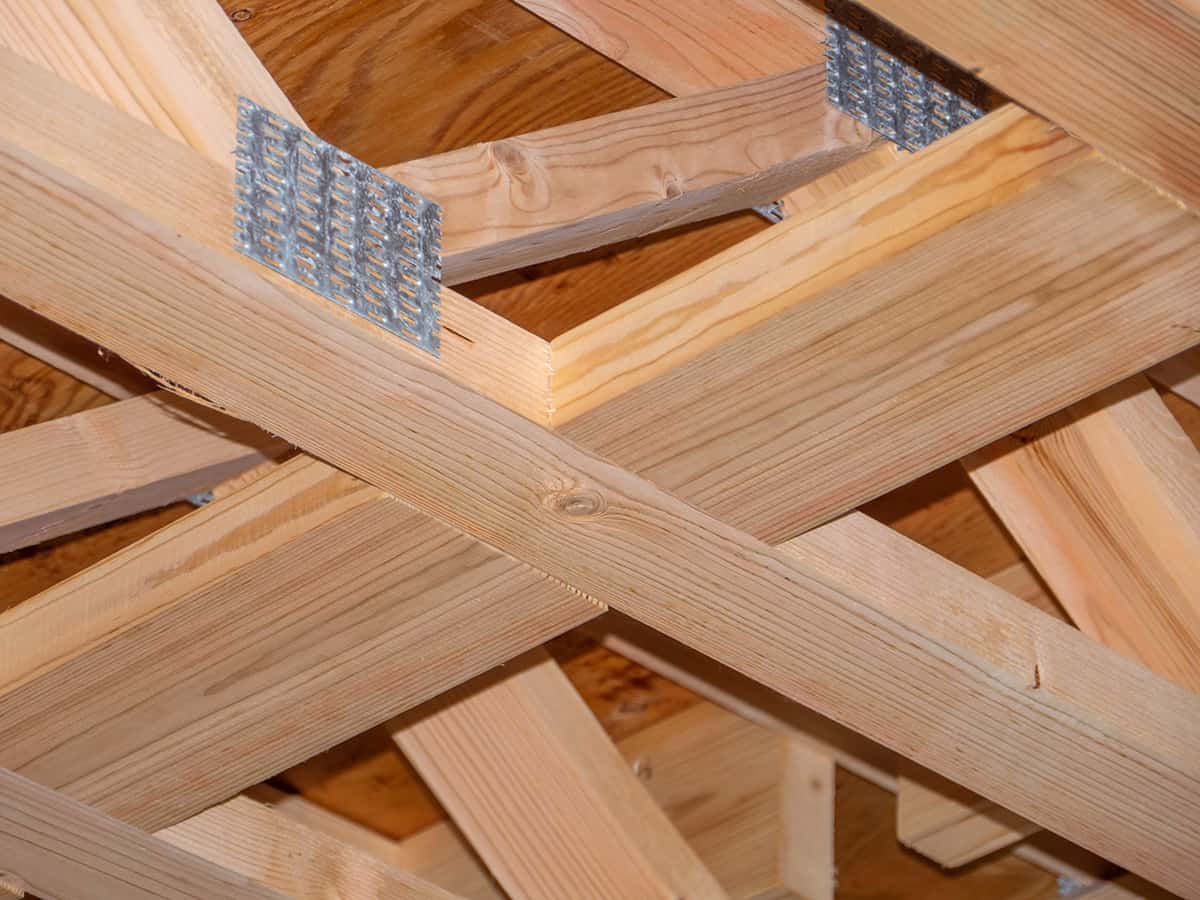
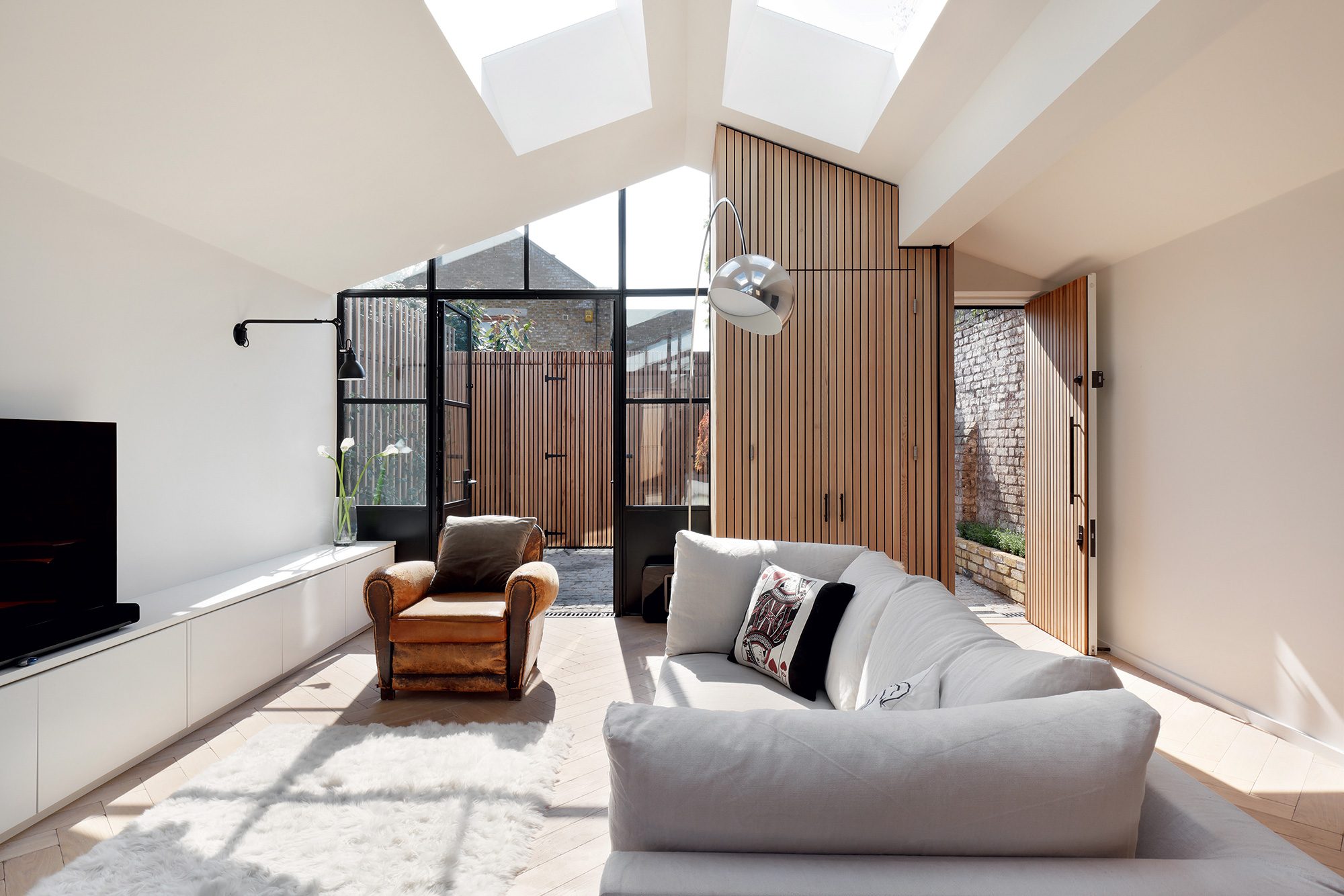
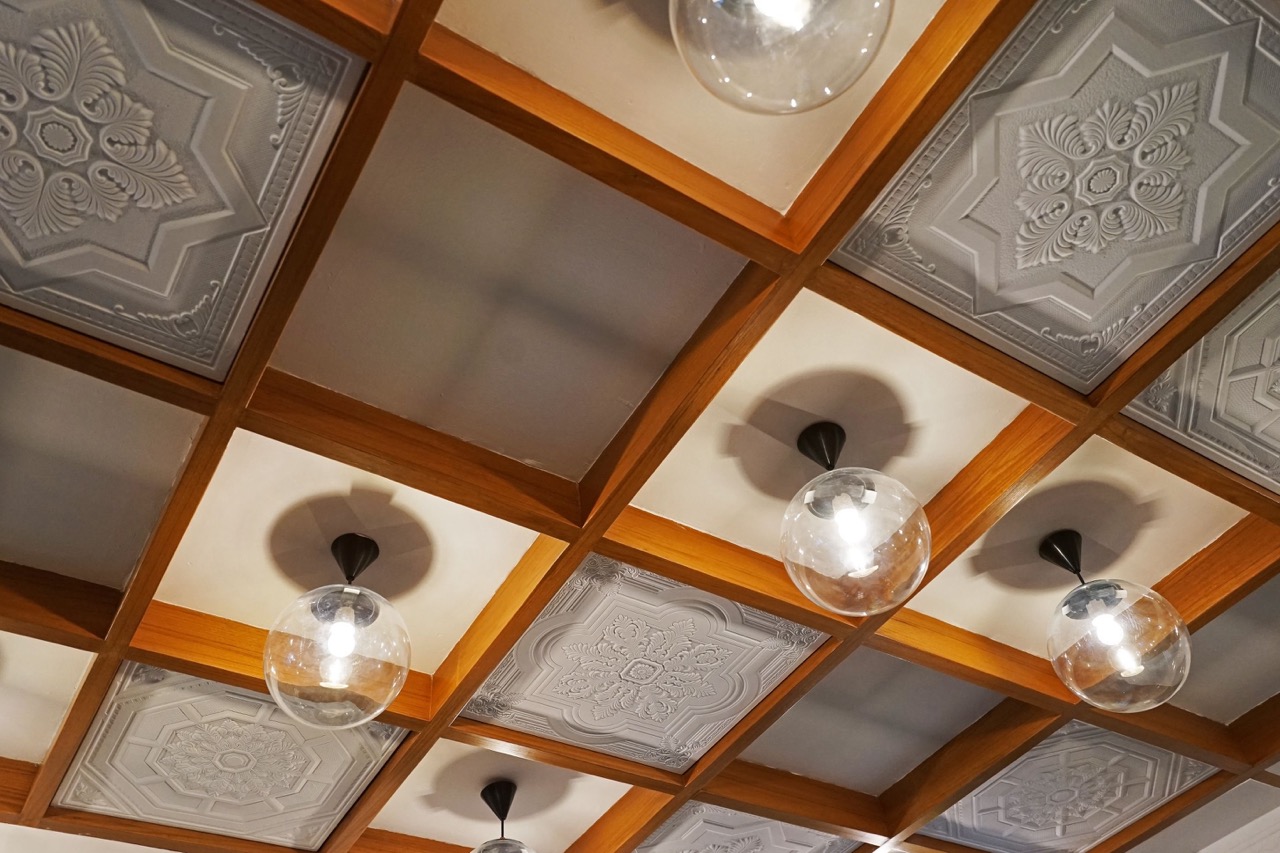
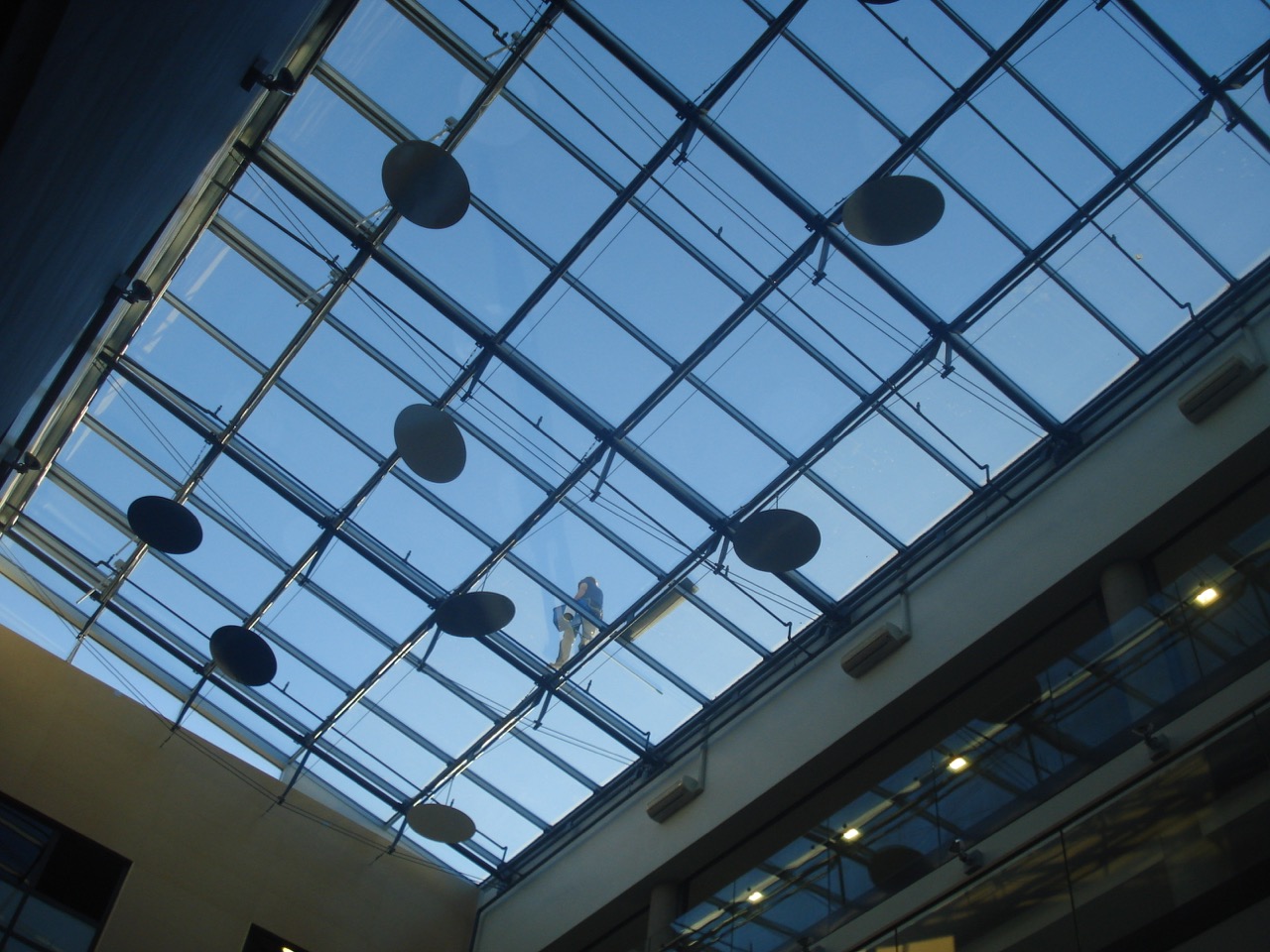
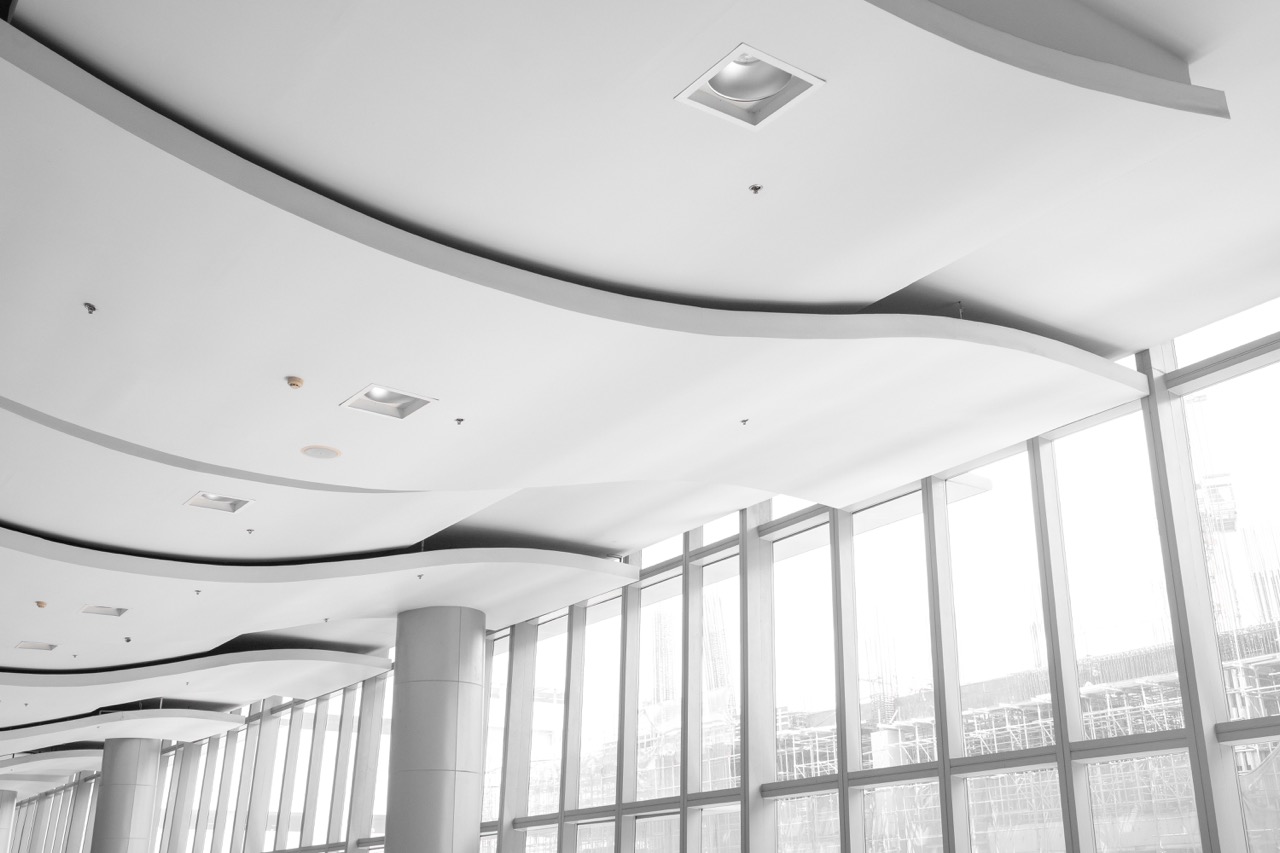
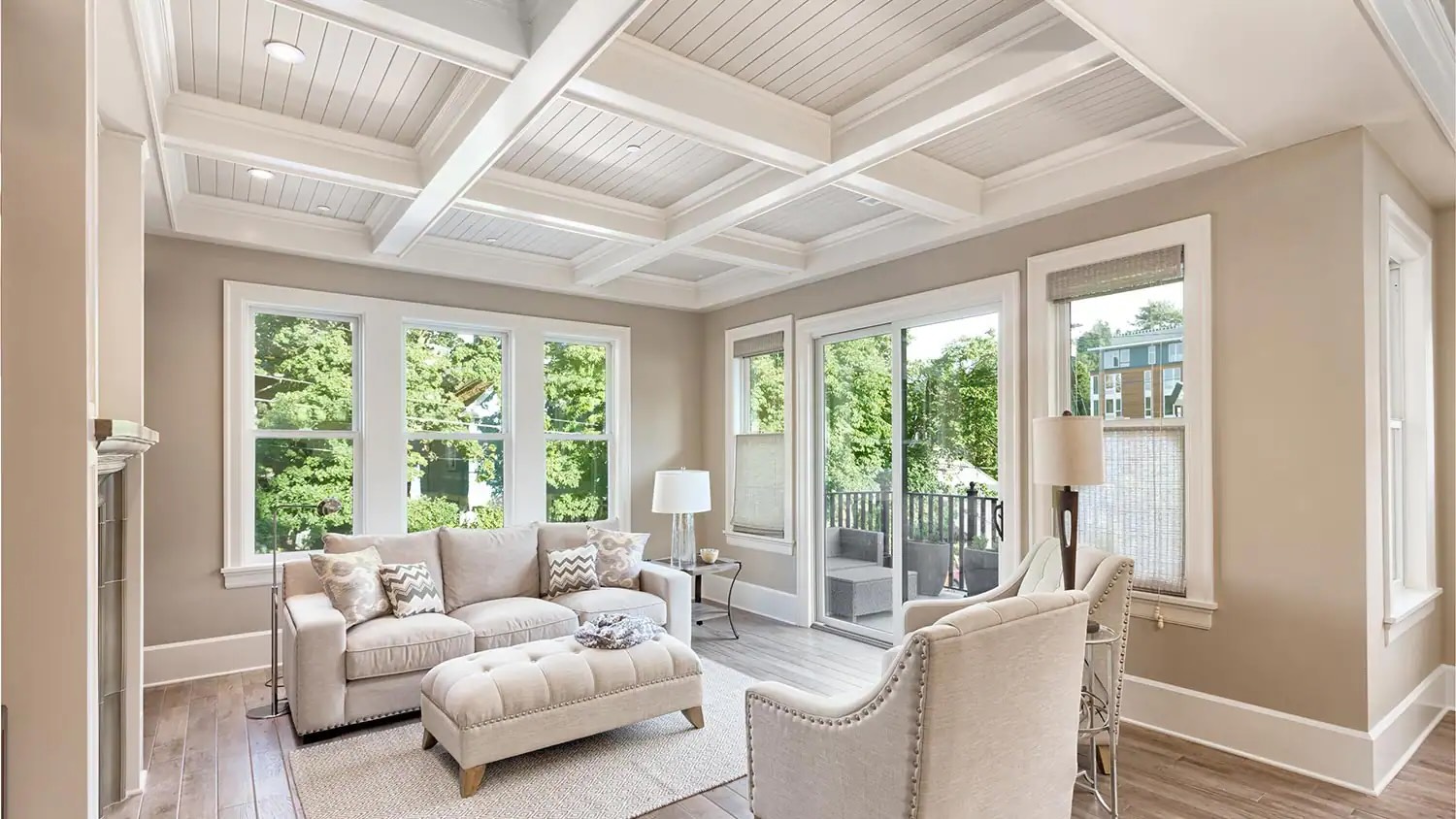
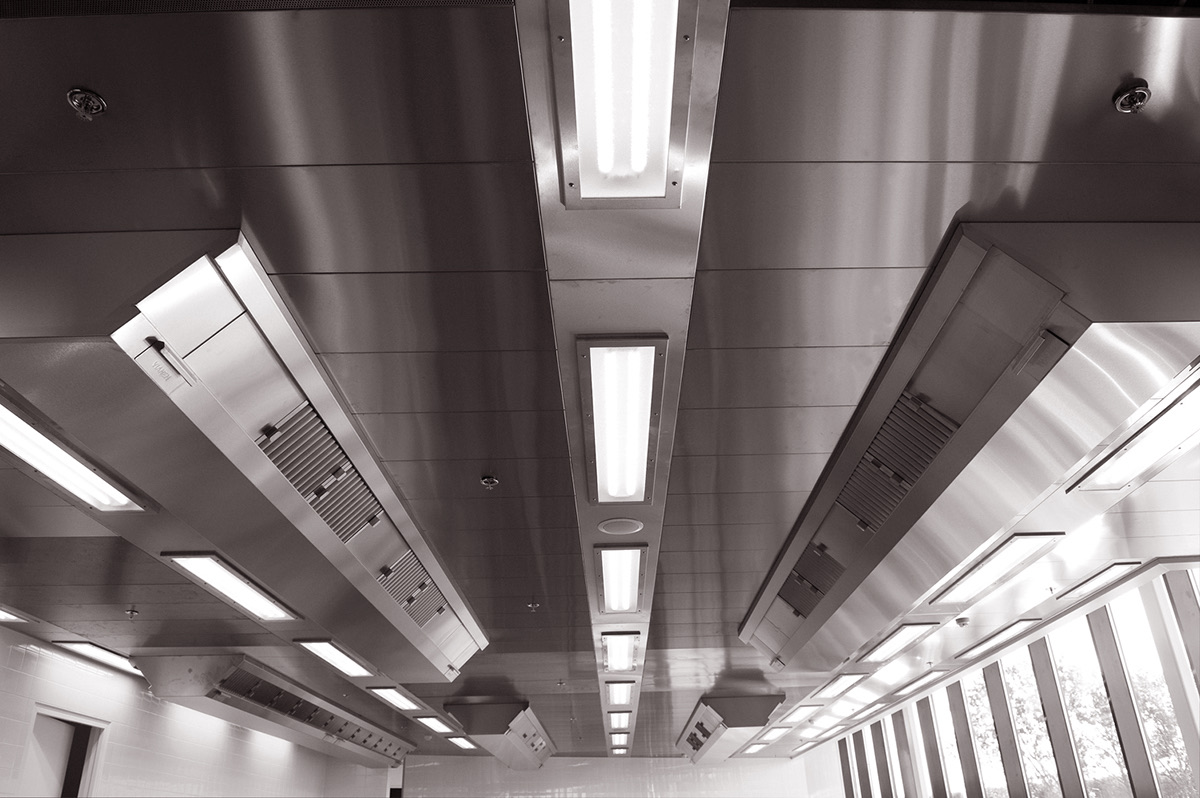
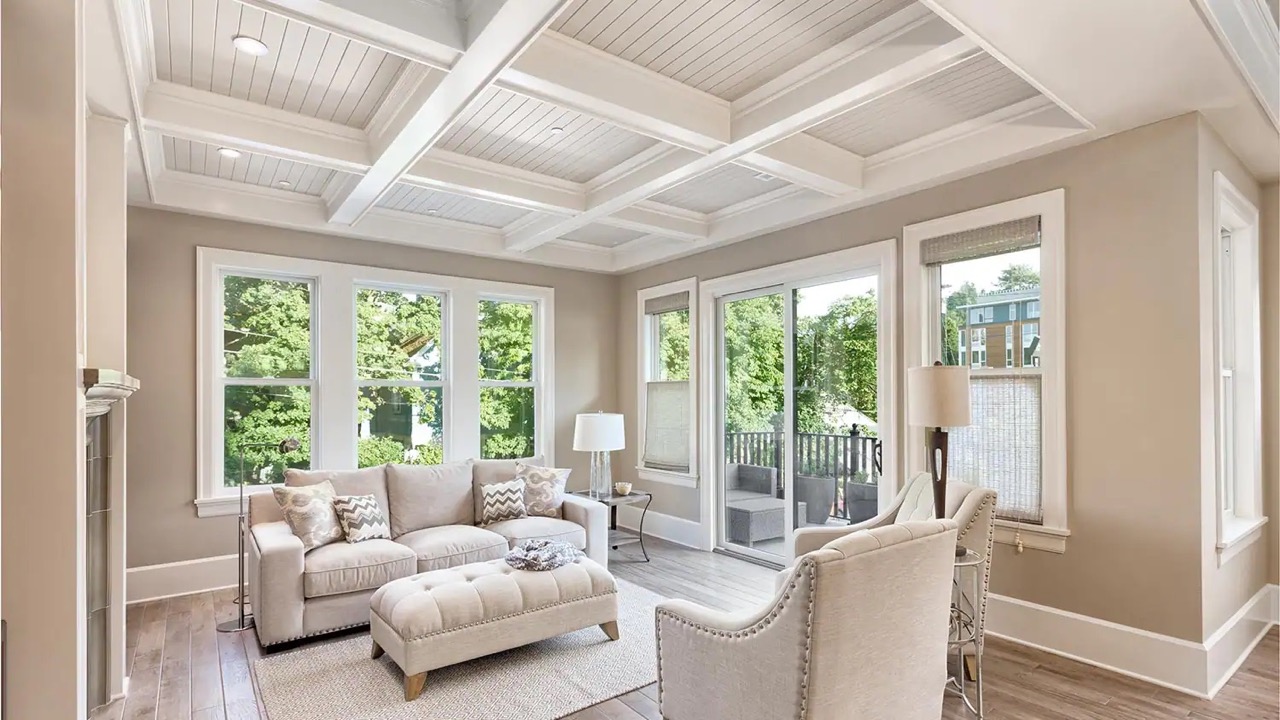
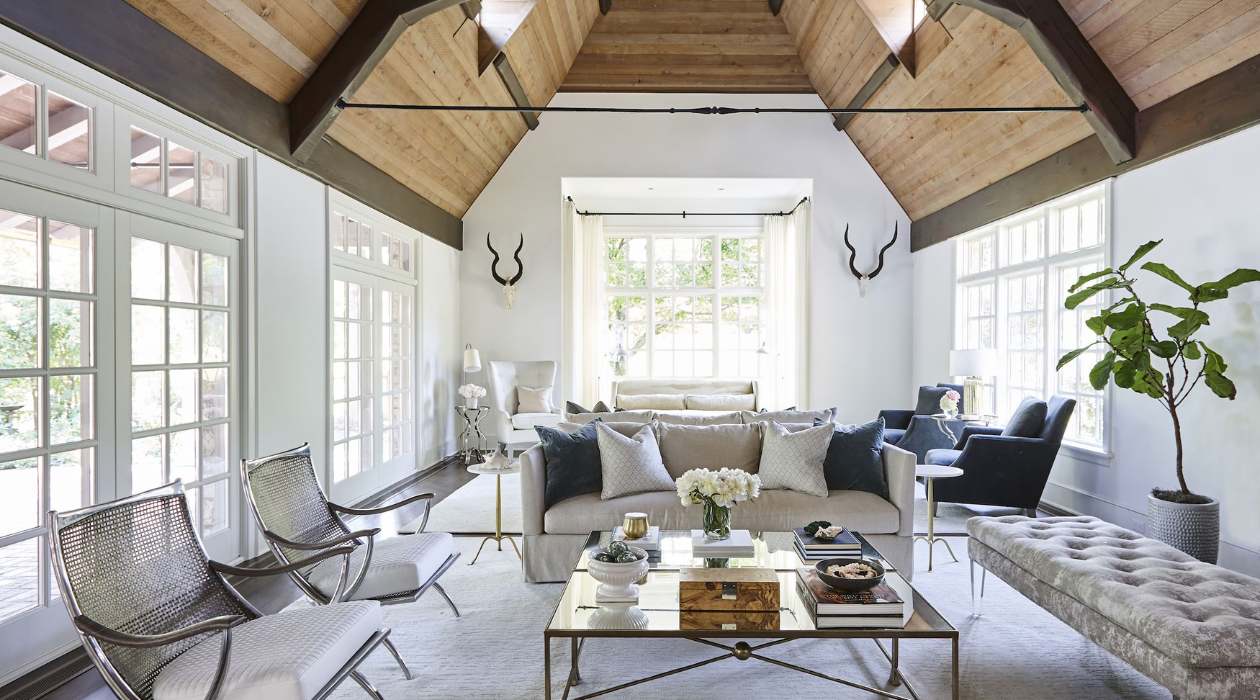
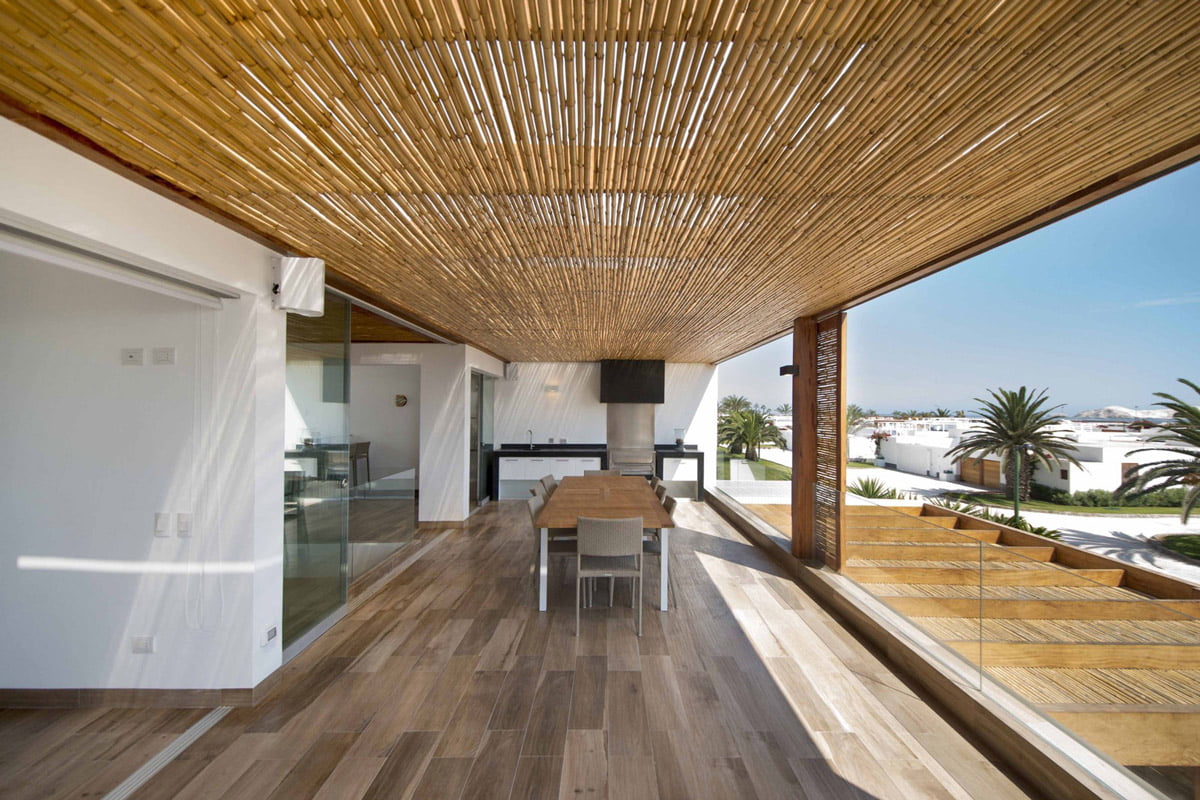
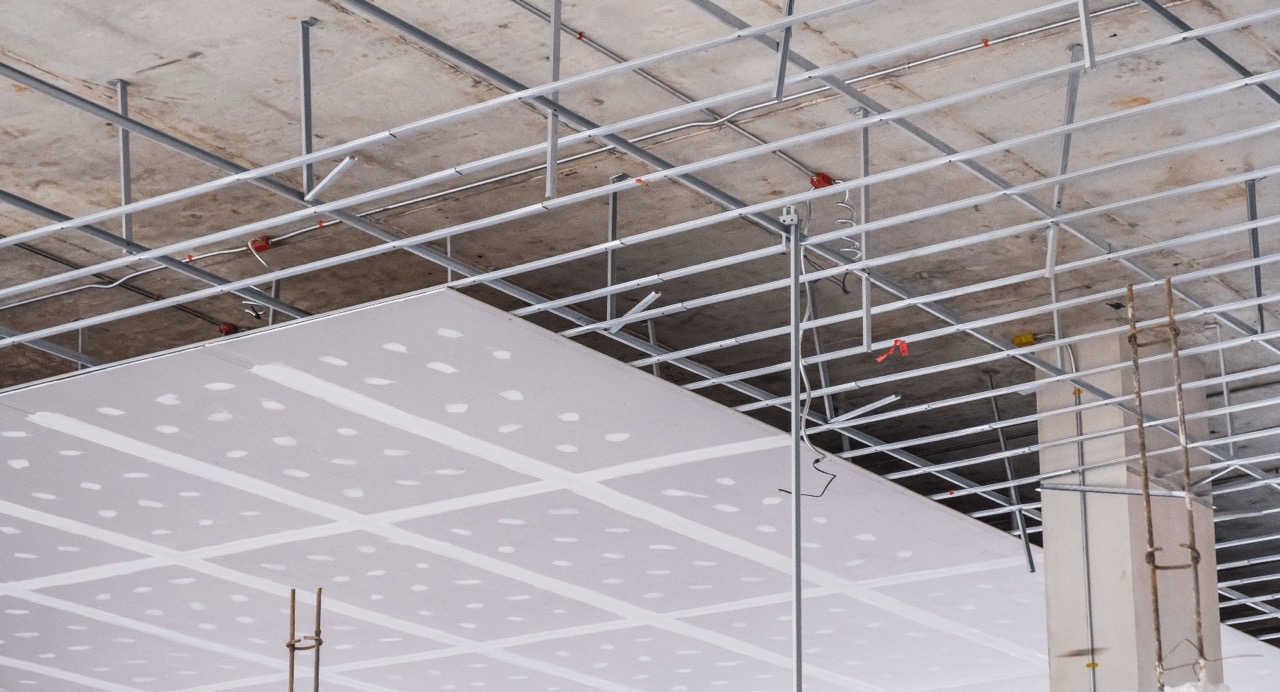
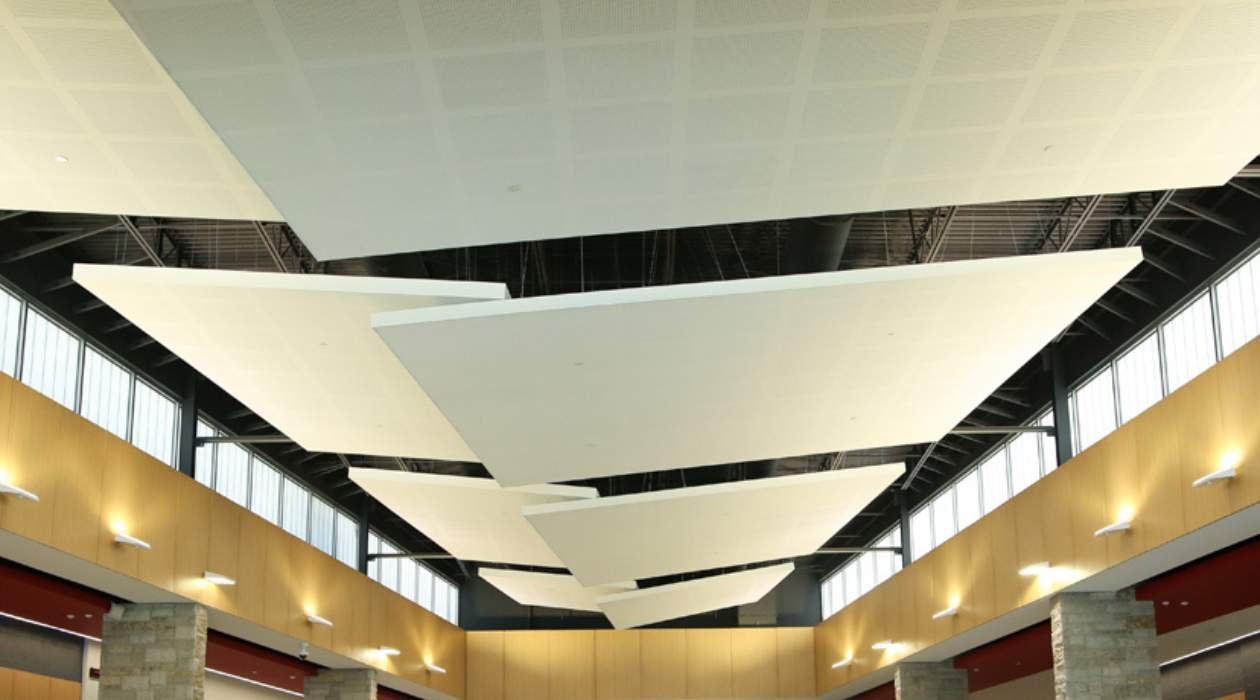
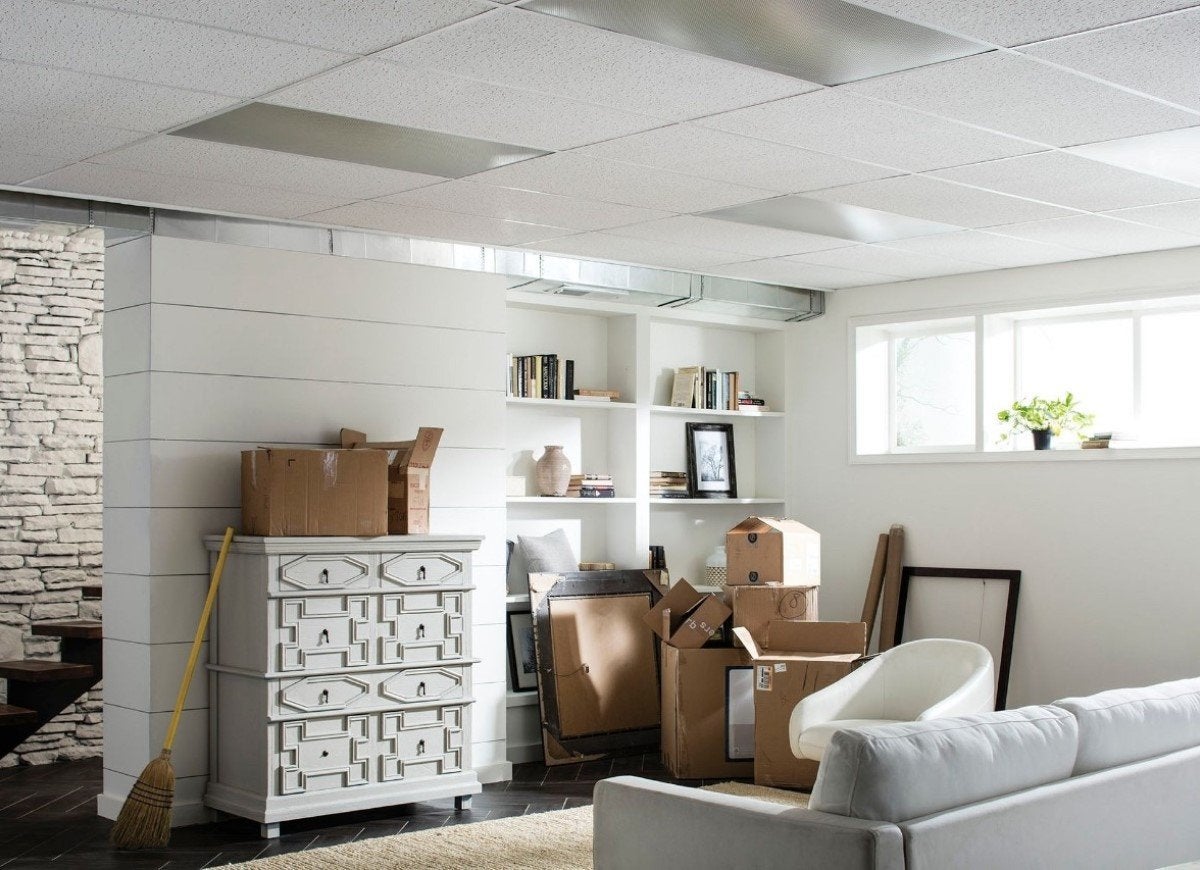

0 thoughts on “What Is A Cove Ceiling”